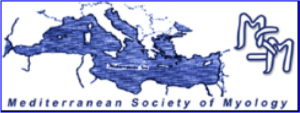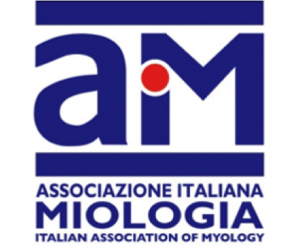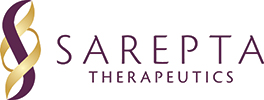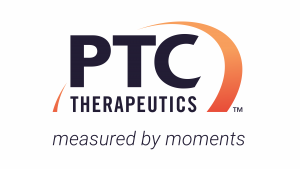Different genetic mutations underlying distinct pathogenic mechanisms have been identified as cause of muscle fibers degeneration and strength loss in limb girdle muscular dystrophies (LGMD). As a consequence, exercise tolerance is affected in patients with LGMD, either as a direct consequence of the loss of muscle fibers or secondary to the sedentary lifestyle due to the motor impairment. It has been debated for many years whether or not muscle exercise is beneficial or harmful for patients with myopathic disorders. In fact, muscular exercise would be considered in helping to hinder the loss of muscle tissue and strength. On the other hand, muscle structural defects in LGMD can result in instability of the sarcolemma, making it more likely to induce muscle damage as a consequence of intense muscle contraction, such as that performed during eccentric training. Several reports have suggested that supervised aerobic exercise training is safe and may be considered effective in improving oxidative capacity and muscle function in patients with LGMD, such as LGMD2I, LGMD2L, LGMD2A. More or less comfortable investigation methods applied to assess muscle function and structure can be useful to detect the beneficial effects of supervised training in LGMD. However, it is important to note that the available trials assessing muscle exercise in patients with LGMD have often involved a small number of patients, with a wide clinical heterogeneity and a different experimental design. Based on these considerations, resistance training can be considered part of the rehabilitation program for patients with a limb-girdle type of muscular dystrophy, but it should be strictly supervised to assess its effects and prevent possible development of muscle damage.






